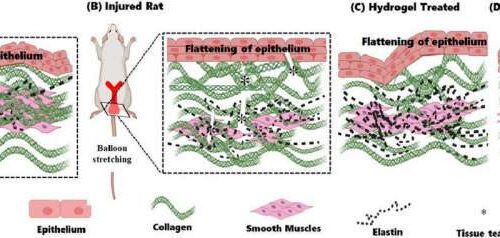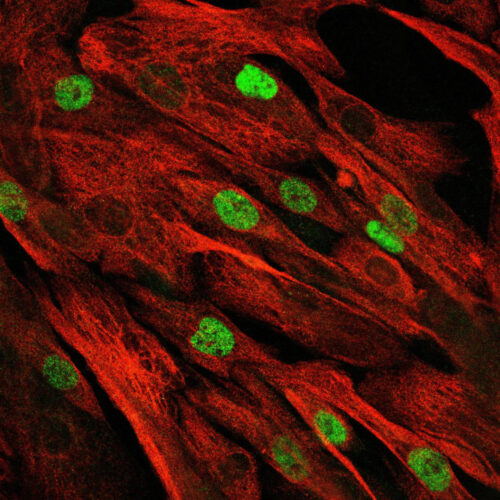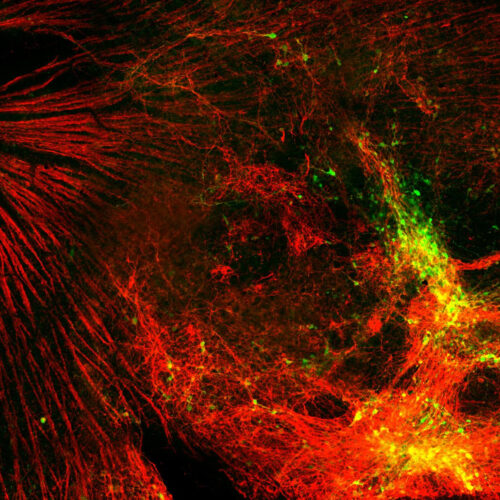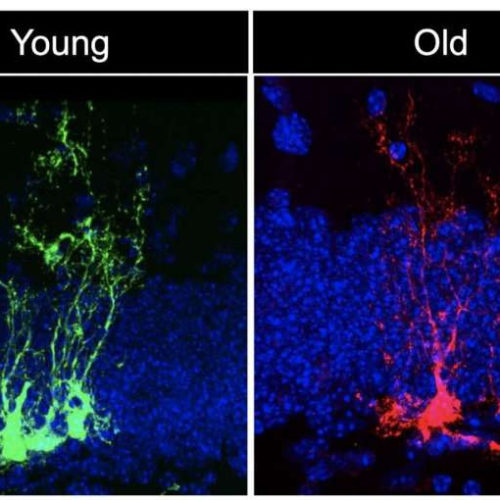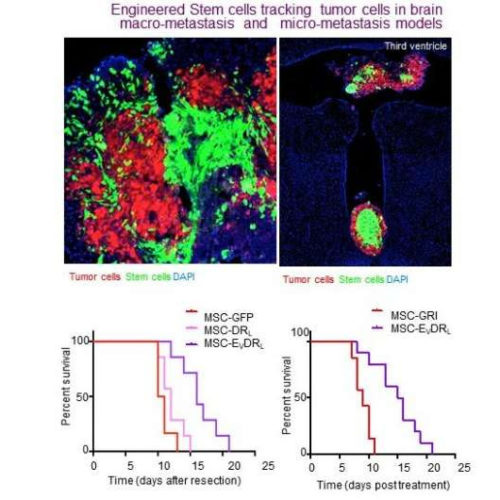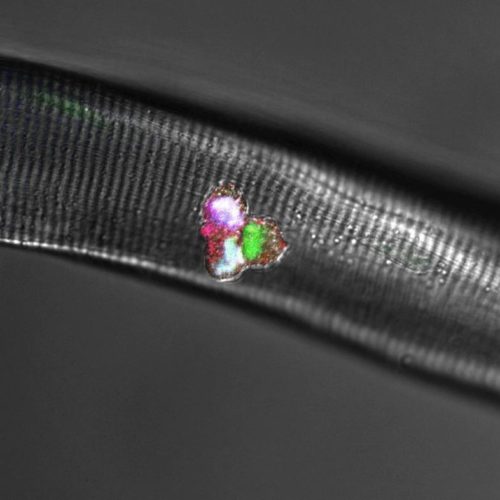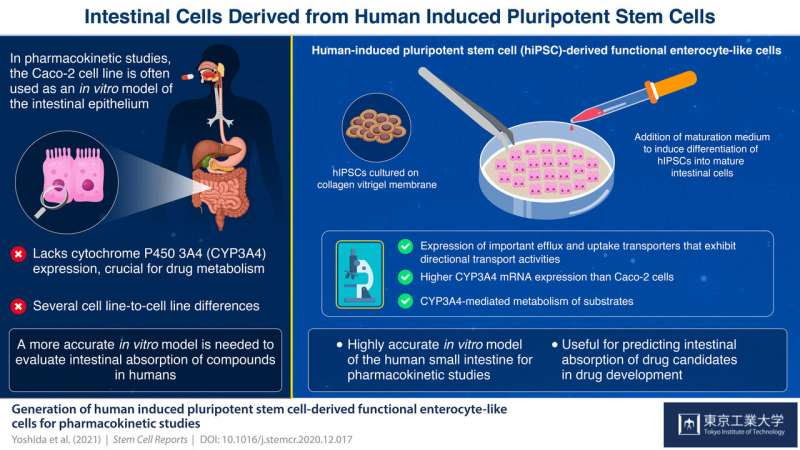INTERNATIONAL OSTEOPOROSIS FOUNDATION Impaired bone health is among the most significant long-term consequences of hematopoietic stem cell transplantation (HSCT), a common therapy for patients with malignant and non-malignant haematological diseases. To address this serious problem, the International Osteoporosis Foundation (IOF) expert Working Group on Cancer and Bone Disease has published a new Executive Summary of its authoritative...
Category: <span>Stem Cell Therapy</span>
Stem cell therapy for pelvic organ prolapse
by Hudson Institute of Medical Research Graphical abstract. Credit: Applied Materials Today (2020). DOI: 10.1016/j.apmt.2020.100890 Pelvic organ prolapse—POP—is a hidden disease. While the injury happens during childbirth, the patient may not know about the damage until many years later, often during menopause. A potential new stem cell treatment, which is being developed in the laboratory but is not yet...
A milestone in muscular dystrophy therapy
MAX DELBRÜCK CENTER FOR MOLECULAR MEDICINE IN THE HELMHOLTZ ASSOCIATION IMAGE: THE CONFOCAL MICROSCOPE IMAGE SHOWS THE PATIENT’S PRIMARY MUSCLE STEM CELLS, WHICH HAVE CONTINUED TO PROLIFERATE AFTER REPAIR OF THE MUTATION USING “BASE EDITING “. CREDIT: SPULER LAB, ECRC Muscle stem cells enable our muscle to build up and regenerate over a lifetime through...
MIPT and Harvard researchers grow stem cells to cure glaucoma
MOSCOW INSTITUTE OF PHYSICS AND TECHNOLOGY IMAGE: STEM CELLS ON THE RETINAL SURFACE BY TWO WEEKS POST-TRANSPLANTATION. CREDIT: MOLECULAR THERAPY – METHODS AND CLINICAL DEVELOPMENT A joint research carried out by MIPT scientists and Harvard researchers have presented retinal cells that can integrate into the retina. This is the first successful attempt to transplant ganglion cells (retinal neurons that are...
Study reveals neural stem cells age rapidly
by Keck School of Medicine of USC Neural stem cell clones in young (green) and old (red) mouse brains. Credit: Albina Ibrayeva/Bonaguidi Lab In a new study published in Cell Stem Cell, a team led by USC Stem Cell scientist Michael Bonaguidi, Ph.D., demonstrates that neural stem cells—the stem cells of the nervous system—age rapidly. “There is...
Engineered ‘off the shelf’ stem cells target breast cancer that metastasizes to the brain
by Brigham and Women’s Hospital Tumor cells (red) stem cells (green) and DAPI (blue) Credit: Khalid Shah lab, Brigham and Women’s Hospital Approximately 15-to-30 percent of patients with metastatic breast cancer have brain metastasis (BM), with basal-like breast cancer (BLBC) metastasizing to the brain most frequently. The prognosis for BLBC-BM patients is poor, as the blood-brain...
The key to proper muscle growth
MAX DELBRÜCK CENTER FOR MOLECULAR MEDICINE IN THE HELMHOLTZ ASSOCIATION IMAGE: Immunofluorescence analysis of a group of proliferating stem cells associated with a muscle fiber (grey). The stem cells produce Dll1 (red) and MyoD (green). Two of the cells produces MyoG (blue): They are differentiating to form a new muscle cell. Note that the overlay...
Bio-based membranes with ocular stem cells to treat corneal disorders
by CSIC Credit: CC0 Public Domain The production, preparation, and use of bacterial nanocellulose as corneal bandages could be the key to help delicate stem cells to migrate to the cornea and heal the eye from a range of ocular disorders. Our eyes have a very delicate surface that can be afflicted by a range...
Yale scientists repair injured spinal cord using patients’ own stem cells
YALE UNIVERSITY Intravenous injection of bone marrow derived stem cells (MSCs) in patients with spinal cord injuries led to significant improvement in motor functions, researchers from Yale University and Japan report Feb. 18 in the Journal of Clinical Neurology and Neurosurgery. For more than half of the patients, substantial improvements in key functions — such as ability to...
Researchers grow intestinal cells from human-induced pluripotent stem cells
by Tokyo Institute of Technology Human-induced pluripotent stem cells derived enterocyte-like cells exhibit P-gp- and BCRP-mediated efflux and cytochrome P450 (CYP3A4)-mediated metabolism. We concluded that hiPS cell-derived enterocyte-like cells can be used as a model for the evaluation of drug transport and metabolism studies in the human small intestine. Credit: Tokyo Tech A team of scientists...

